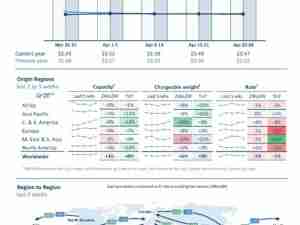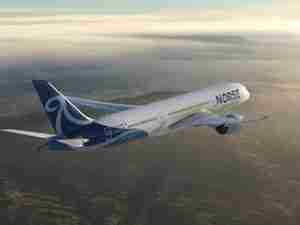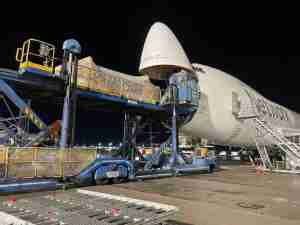Hong Kong faced a fifth straight day of protests at its airport, as embattled local leader Carrie Lam warned that the city risked sliding into an “abyss.”
Lam addressed reporters after airlines including Cathay Pacific Airways Ltd. cancelled hundreds more flights in the wake of a mass sit-in by anti-government protesters that caused the airport to briefly halt service Monday. Demonstrators continued to gather in the main terminal building Tuesday, although the airport said normal operations had been restored.
Thousands of black-clad demonstrators occupied the airport on Monday following a weekend of violence that saw police fire tear gas into a subway station and rubber bullets at close range.
Here’s the latest:
Key Developments:
- Lam defended the police response and warned of long-term consequences to city from the unrest.
- Crowds of demonstrators congregated again at the airport Tuesday, although a decision to reduce train services to the terminals would make it harder for them to match Monday’s numbers.
- Shares of Cathay Pacific extended their slide after falling to a 10-year low Monday. The carrier’s stock fell as much as 5.4% Tuesday in Hong Kong, testing lows not seen since mid-2009.
- The Civil Human Rights Front detailed plans for peaceful march Sunday
- China said protesters showed signs of “terrorism.”
- Hu Xijin, editor-in-chief of China’s state-run Global Times, said that if the situation in Hong Kong doesn’t improve, he thinks China will intervene.
Protests Spread to Departures Hall (3:32 p.m.)
Hundreds of black-shirted protesters spread to the airport’s departures area, bringing passenger check-ins to a crawl. They sat on the floor and blocked the route to the terminal’s north departure gates as they chanted “Shame on Hong Kong police.” A trickle of passengers were still getting through, but others remained in a long line, some sitting warily with their luggage carts. The crew channel was closed off. As the crowd of protesters shifted, the arrivals hall largely emptied out.
“They shoot press, they shoot first aid, they are HK police,” one protester’s sign read.
Plans for Sunday March Detailed (1:19 p.m.)
The Civil Human Rights Front, the group that organized three historically large marches against the extradition bill in June and July, detailed plans to hold a similar public procession at 3 p.m. Sunday. The group’s challenge will be maintaining the largely peaceful atmosphere of the earlier events as some protests turn to violence and the police employ more forceful measures to disperse them. It’s unclear whether CHRF will get sign-off from the police, who have been withholding approval from some marches.
Opposition lawmaker Claudia Mo, a prominent participant in CHRF protests, separately called Lam’s contention that she didn’t have authority over the police force “irresponsible.” “It’s very clear right now who is running Hong Kong, and that’s Beijing,” Mo said.
Airport Train Services Cut (12:51 p.m.)
Hong Kong’s Airport Authority announced that trains between downtown and the terminals would depart less frequently after 1 p.m. in a bid to control crowds. The agency said fewer trains were necessary due to reduced flights at the airport. Trains would run at 15-minute intervals instead of the usual 10-minute span, an agency spokesman said.
Travelers Confront Protesters at Airport (11:15 a.m.)
Some travelers whose flights were disrupted by the airport protests confronted demonstrators, including one man speaking the Mandarin Chinese dialect preferred on the mainland, who complained that his trip had been delayed by a day. One protester apologized to the man, explaining that the government wouldn’t listen to their demands. Others shrugged off the delays.
Lam: Police Used ‘Lowest Level’ Force (10:14 a.m.)
Lam said police used the “lowest level of force” when asked why they had fired tear gas in residential areas, as she held a regular Q+A session ahead of a meeting of the city’s Executive Council. She urged calm, a refrain in recent weeks as violence between protesters and police worsens and tear gas is regularly deployed in crowded areas across the city.
At one point, she was interrupted by reporters as she sidestepped questions on whether she would resign—a key protester demand—and whether she had concrete proposals to ease residents’ fears.
“It would take a very long time to restore Hong Kong,” she said, choking up. “I again call on everyone to set aside prejudice, and be calm to look at the city, our home—do we really want to push it into the abyss?”








